Queer recognizes queer
We ask some questions—and have a few answers—about what “counts” as queer
When we set out on our Queerest Year, we outlined some guiding principles for how and what we would be intaking out of our desire to be incredibly intentional and definitively queer in what we watch, see, hear, and read. In order to have clarity and confidence, we decided that the queerness should be declarative and textual—that a person (artist, celebrity, persona) needed to publicly disclose their queerness and/or a piece of art or media had to be explicitly queer in its content and/or character(s). We thought that would make our choices this year easier… but, to be honest, we were pretty fast in spinning up this project so we (shockingly) didn’t spend a ton of time in the Over-Processing Lesbian™ stage, which means we still have a lot of questions and some uncertainty about some of the delineations we made.
We’re not entirely sure about our initial outline of the scope and boundaries for what constitutes “queer” because, well, reality is not quite so cut-and-dry. What we decided would “count as queer” has had us asking questions along the way, such as: Do some natural qualities, fictional worlds, and alternate realities just feel so different they are actually queer? Does queerness only “count” if it is an inherent queerness within and explicitly expressed by a person or object, requiring it to be self-determined and self-identified? Can someone or something be made queer, adopted and absorbed by a queer person (like another member of one’s own queer “chosen” family)?
GAAAAAYS IN SPAAAAACE
For a community whose existence is outside of what colonial western society has deemed “normal” and “acceptable,” is it any wonder queer people would be drawn to representations of other realities, societies, ways of being. When society actively seeks to punish you for who you are, it can help to see there are (and dream about) other ways of being and doing, in both our world and fictional universes. For one, if you consider nature as it truly is, you realize that queerness is the norm, from non-binary fungi to trans fish, from homosexual penguins to bisexual bonobos. Space and ocean waters are so cosmic and disorienting (literally) that they are deeply queer. Nature truly is absolutely queer, but it’s not going around smothering everything that stands still with a pride flag and having to correct pronoun misuse.
It can be appealing to think of escaping this hellscape existence, especially for anyone who is or has been socially persecuted or discriminated against. Alternative realities have the potential to show us a different world, different ways that a society could be (as a riff off the idea that “if you can see it, you can be it”). Fictional genres such as sci-fi, fantasy, and horror all provide language, allegories, and tropes for alternative realities, even if as cautionary tales. While these genres have been in the power-clenching hands of cishet white men for a long time, the reality is people from all facets of humankind have created these worlds (with outputs in filmmaking and shows being entirely collaborative efforts)—and non-normative people see themselves and future possibilities in them. (We are exhausted by the tantrums toxic cishet white fandoms throw over queer and/or BIPOC people existing in or connecting with these stories.)
Other artistic forms, such as animation, comics, graphic novels, and puppetry, provide landscapes for queer creativity and possibility. Sometimes it’s overt, as with Alison Bechdel’s Dykes to Watch Out For, or with lesbian couple Sailor Uranus and Sailor Neptune in Sailor Moon (despite Western censorship attempts). And sometimes it’s not so explicit, as with The Muppets. Sorry-not-sorry, but The Muppets are so queer. They epitomize the definition of queer, the uncanny. They are anthropomorphic characters who engage in interspecies mingling and love, accepting each other as-is. They are an eclectic, inclusive, creative chosen family that survives by sticking together and somehow making ends meet to make art and entertain the masses. For many of us (of a certain age), Miss Piggy was our first Diva (don’t tell me Mariah Carey wasn’t taking notes when she was parked in front of the TV at 7 years of age). Janice is the epitome of a SoCal Valley-girl dyke (Kristen Stewart is a shoo-in as Janice in our live-action adaptation). Waldorf & Statler are two snarky-yet-devoted old gays who have a theatre box from which they nonstop roast the rest of The Muppets—if they aren’t the blueprint for many queer couples (us included), I don’t know what is. Gonzo is a daring and confident nonbinary icon of unknown species (even being labeled as “whatever” while in a shipping crate in The Great Muppet Caper and self-identifying as such in this 2021 tweet) who loves a chicken named Camilla. The list goes on. Oh, and as Matt Baume beautifully details, we can thank a very out gay man Richard Hunt, a career-long Muppets creative contributor and performer, for many beloved characters like Scooter, Statler, Beaker, and Janice.
THEY CALL IT THE CLOSET
Another challenge in determining who or what is “queer” is the forced closeting that seems to be a favorite past-time of capitalist managers/executives and the heavy-handed cishet-washing by historians and history tellers. Plus, a lot of the labels we use today are anachronistic to apply to people in the past (for example, someone in the past may have been gender nonconforming in their day-to-day life, but it’s difficult to always definitively say they would have self-identified as “trans”). So, for a community that values self-determination and disclosure, how do you “define” people who were/are queer in a time, place, or situation when they couldn’t or wouldn’t publicly disclose that aspect of their identity? (People do have a right to privacy and to the multiple facets of their identity.) And how do you even know someone was/is queer when their story has been straight-washed, even if they very explicitly and clearly were living a queer life?
The list of people whose queerness has been hidden and/or biographically erased by “historians,” homo/transphobic bosses, or family members is as long and unknowable as time. Gay gods like Cary Grant or Rock Hudson were leading actors whose careers kept them in the closet. The fact that Liberace and Elton John both weren’t always (if ever, in the case of Liberace) out is actually surprising. Whitney Houston was posthumously said to be bisexual, with multiple loved ones citing her inability to be with her longtime partner/love Robyn Crawford as a major factor in her shortened life. Literary legends, including Virginia Woolf, Emily Dickinson, and Louisa May Alcott (who was oh-so-gender-nonconforming), lived queer lives that have tended to be biographically hushed. Frida Kahlo and Billie Holiday were both living bisexual realities.
Also! Society continues to assume people are straight and cis unless emphatically declared or evidenced otherwise. Some accompanying issues to this cis-heteronormative default are that even self-identification is not respected by everyone and the patriarchal demands for irrefutable and insurmountable evidence are exhausting—and it leaves no space for the Queer Gaze to see beyond the surface. How many times have we queers “seen” and connected with an icon presumed and presented as straight (for years or even a lifetime), only to find out posthumously or later in their life (hello, Queen Latifah; hello, Jodie Foster) that they, in fact, were queer.
THE QUEER GAZE
And yet another thing: a lot of queer canon and numerous queer icons are not actually explicitly queer. They are made so by LGBTQ+ people who “read” a cultural text or “see” queer qualities in another person. Sometimes, in fact, artworks or people that are more subversively or subtextually queer, camp, and/or non-normative feel more queer. Certainly, artworks from times when queerness had to be subtextual read as or feel obviously “gay” to queer people. And some explicitly queer works which are deemed acceptable (greenlit and produced) as a LGBTQ+ story are put through a cishet norm-y filter, made more “palatable and decent” before being released—queer joy is subdued, creativity is tamped down, and queer realities are edited out.
So many artists, especially those on the stage and screen, become queer icons without being or disclosing they are queer. Cate Blanchett, Kate Winslet, and Rachel Weisz have all “played lez” multiple times—and are enthusiastically lusted after by lesbians. Judy Garland, Elizabeth Taylor, Princess Di, and Marilyn Monroe are notoriously embraced and adored by generations of gay men. James Dean, Gael García Bernal, and Pedro Pascal are the vers babes all the queers want to be—or fuck (the common queer conundrum). The Divas who us queers worship abound: Cher, Grace Jones, Babs, Madonna*, Prince, Dolly, Diana Ross, Mariah Carey, Donna Summer, Beyonce. And the Broadway divas—Liza, Chita Rivera, Carol Channing, and Patti LuPone—have made the theatre gays happy for decades. Don’t forget Joan Collins, Laura Dern, Janet Jackson, Michelle Yeoh, Isabella Rossellini, Penélope Cruz, Kate Bush, Jennifer Tilly, Gina Gershon, Lea Salonga, Natasha Lyonne, Jamie Lee Curtis, Sandra Oh… the list of “straight” women who are queer “icons” goes on and on.
These “straight” artists as well as beloved characters are accepted or adopted as queer icons because of core qualities that we connect with. The queer qualities we “read” are readily identified in moving-image characters: beautiful tragedy (Dorothy Gale; Big Edie & Little Edie), delicious evil (Villanelle; M3gan; Ursula), flawed fierce (Miranda Priestly; Mommie Dearest’s Joan Crawford), clawed fierce (Eartha’s, Michelle’s & Halle’s Catwoman; Freddy Krueger), sarcastic and witty (Dorothy Zbornak; April Ludgate), messy drama (The Real Housewives; Principal Ava Eva Coleman), and butch/futch badass (Angelina’s Lara Croft; Xena; Brienne of Tarth). And there’s Jennifer Coolidge, who is somehow all of the above—just consider her Muffin Hemingway. JC is a queer icon with impeccable comedic timing whose infectious persona transcends her work because she oozes with self-deprecating indulgence, charges every scene with an electric unpredictability, and makes vulnerability glamorous. In fact, she is her own best piece of art, and what queer doesn’t applaud that!?
It’s absolutely imperative that people self-identify and disclose if/when they want to, and yet, how do we find ourselves if not in relation to others? There are numerous costs of both upholding the cisheteronormative default and perpetuating queer erasure, including that young queer people are robbed of the opportunity to see themselves as a possibility when they don’t see their stories or their selves reflected in the world. What are we if we are not in community, forging connection and fostering support, with others? For both of us, queer art and culture is an important part of how we connect. We have realized that, when you limit what you’re going to watch, see, hear, or read based on a bunch of rules about queerness only “counting” when it’s explicit and evidenced, you lose a significant chunk of art and culture that is made “in the closet” or made queer by the queer gaze. We aren’t going to change the TQY “rules” for now, but we’ll see where this goes…



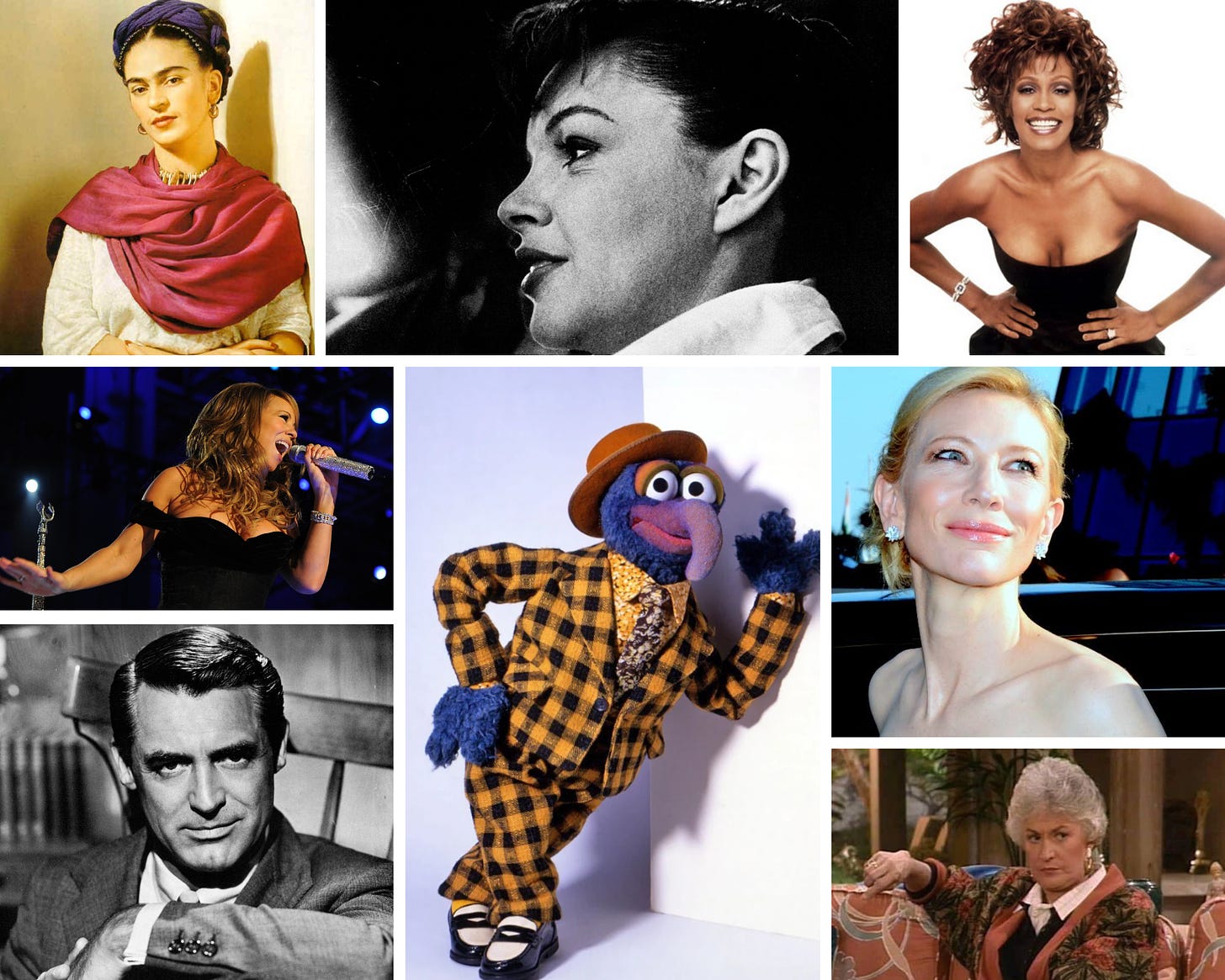

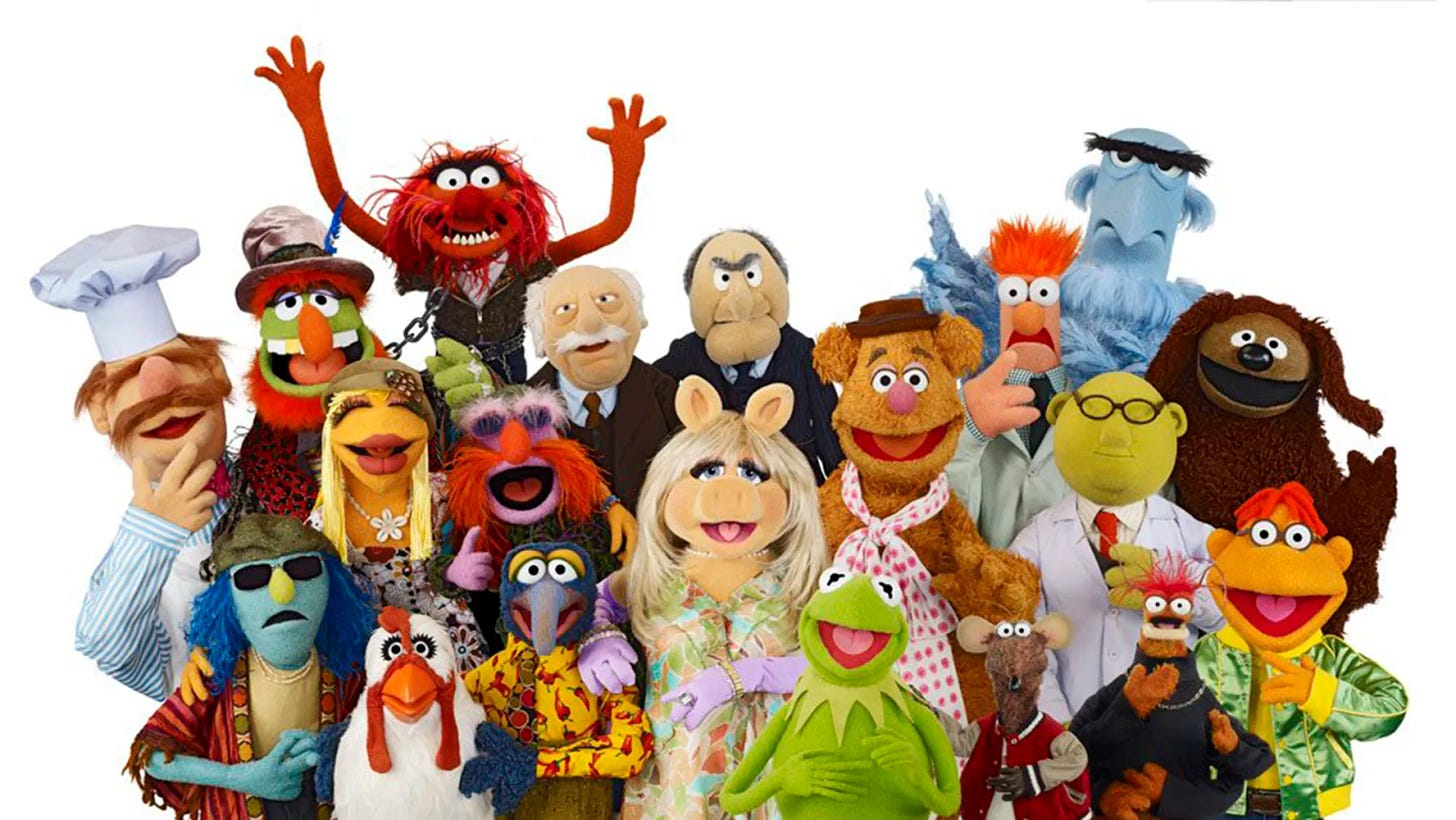
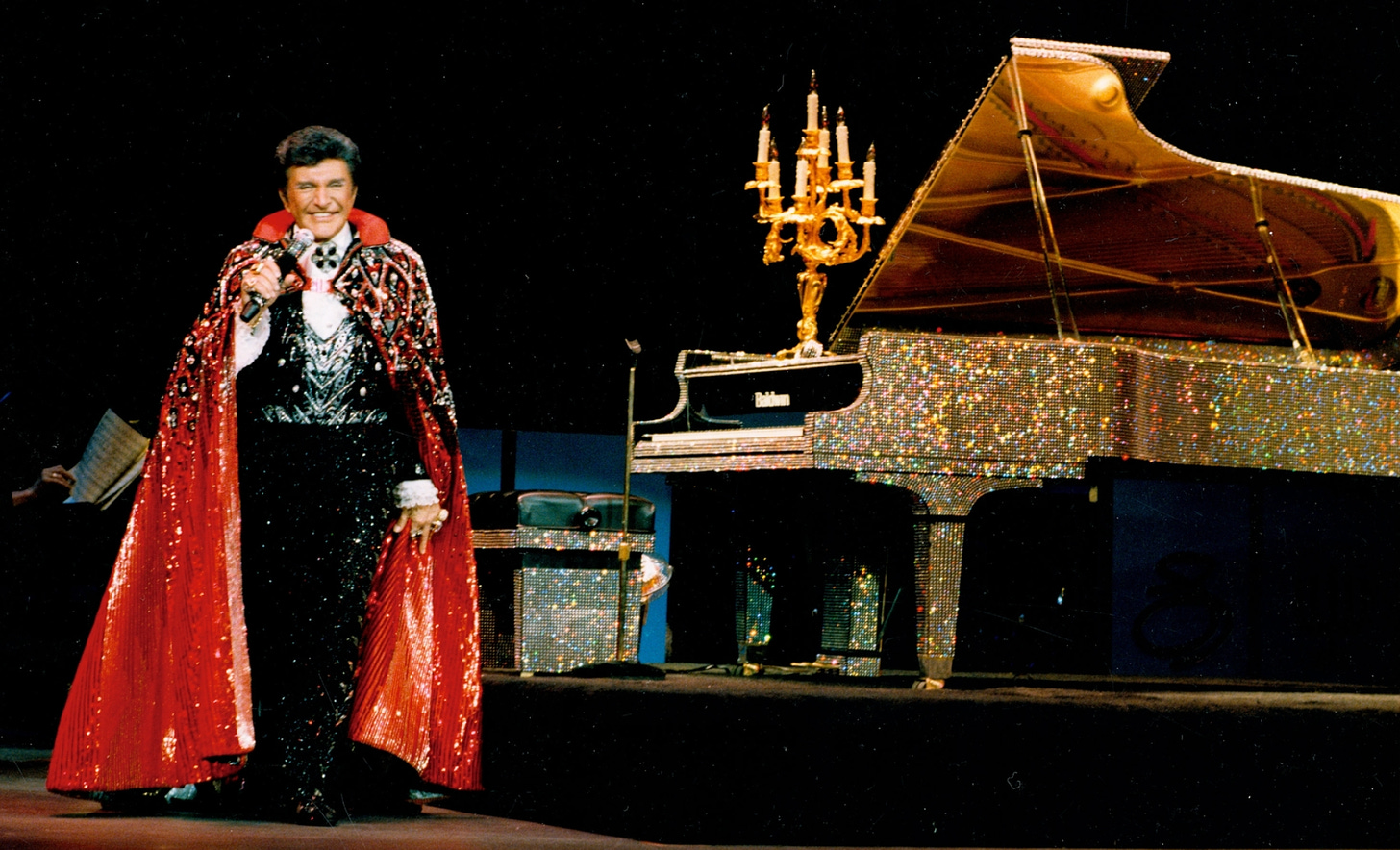
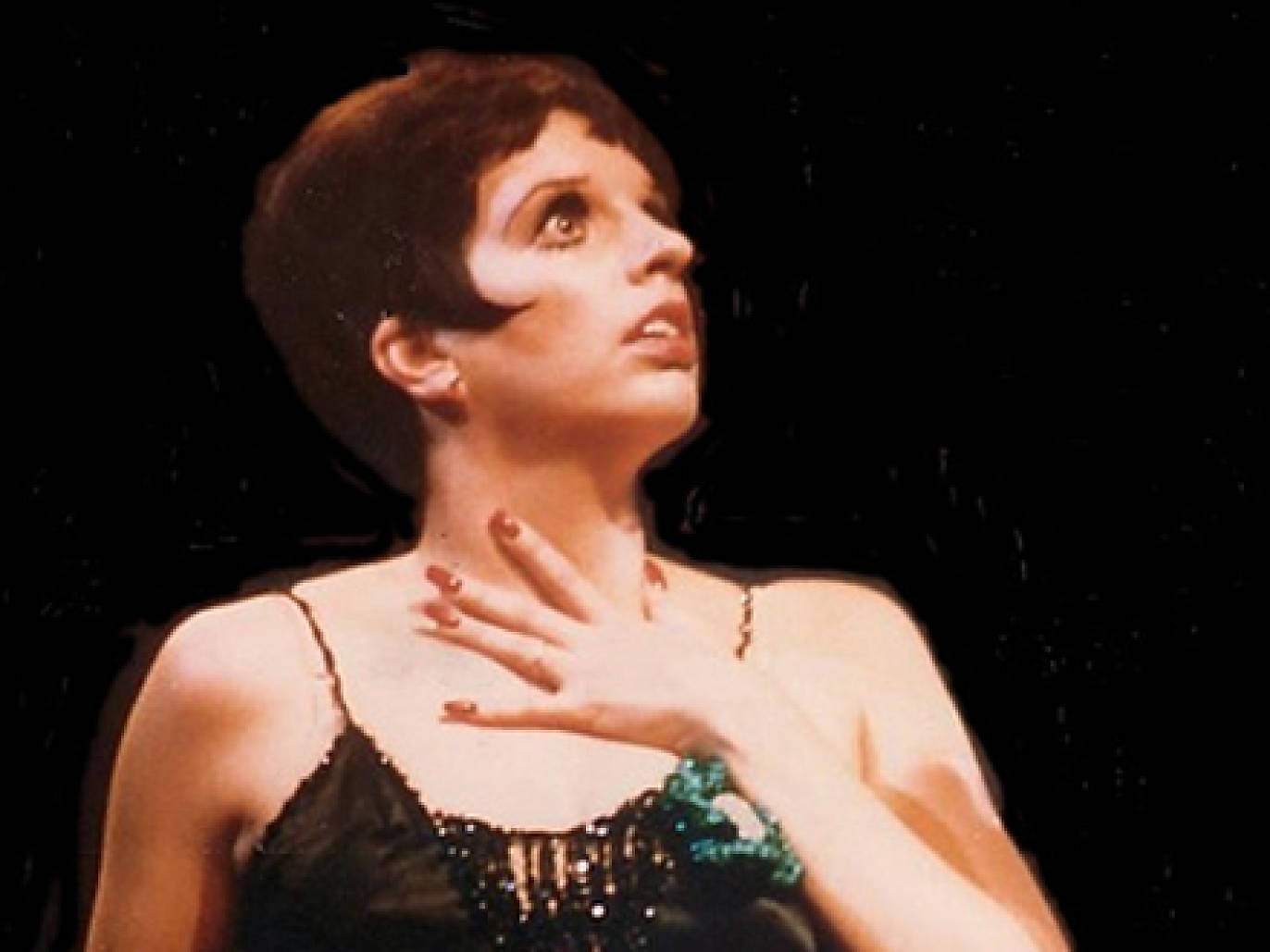
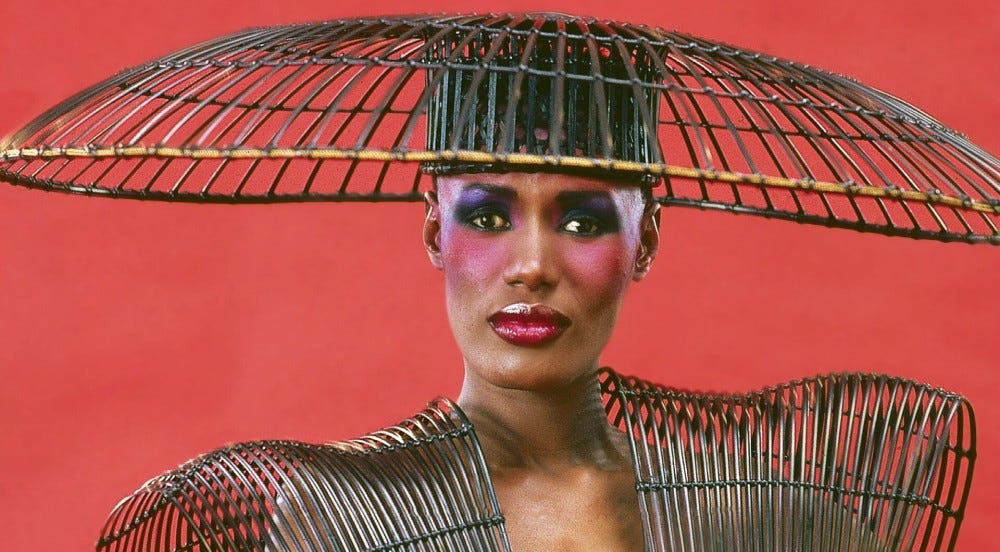
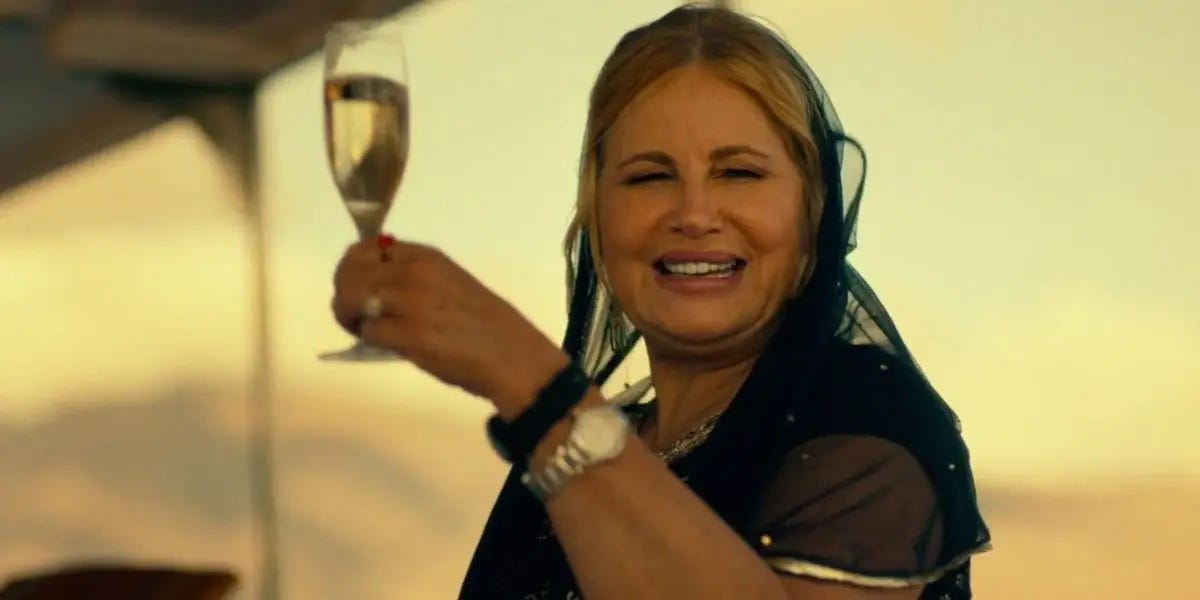
"Over-Processing Lesbian™ stage" - 😂. Oh, how I know this stage well. And yes, totally agree with you on the questions of what counts as queer, or more relevantly, how y'all define queerness in context of this project. This post is just so rich, I want other readers to comment and further the conversation (don't make me the sole Reply Guy, please).
- 100% agree that The Muppets are QUEER, baby!
- Forced closeting: a frustrating tautology when the same power brokers who force the closeting (lest the queer individuals lose their livelihood or LIVES) also say that these folks are not queer enough because the evidence is thin that the same-sex person they lived with for decades is more than a friend.
- The flip side of that for me is Queering the Non-Queers/those who played lez. I understand what you mean by identifying with core qualities of characters they play, but can we go beyond 'play lez' to 'real lez'? (cough* Cate *cough)
- The contrasting stereotypical qualities that make queer icons for gay men vs lesbians, e.g., camp/drama vs strong/sarcastic, which are definitely tied to gender roles. Also how stereotypical gay men icons are het women, is there an analog for dykes (Leonardo DiCaprio in Titanic)? Personally, I don't think we need any such thing.
But back to y'all: it's your project, you get to define what is queer enough for you.